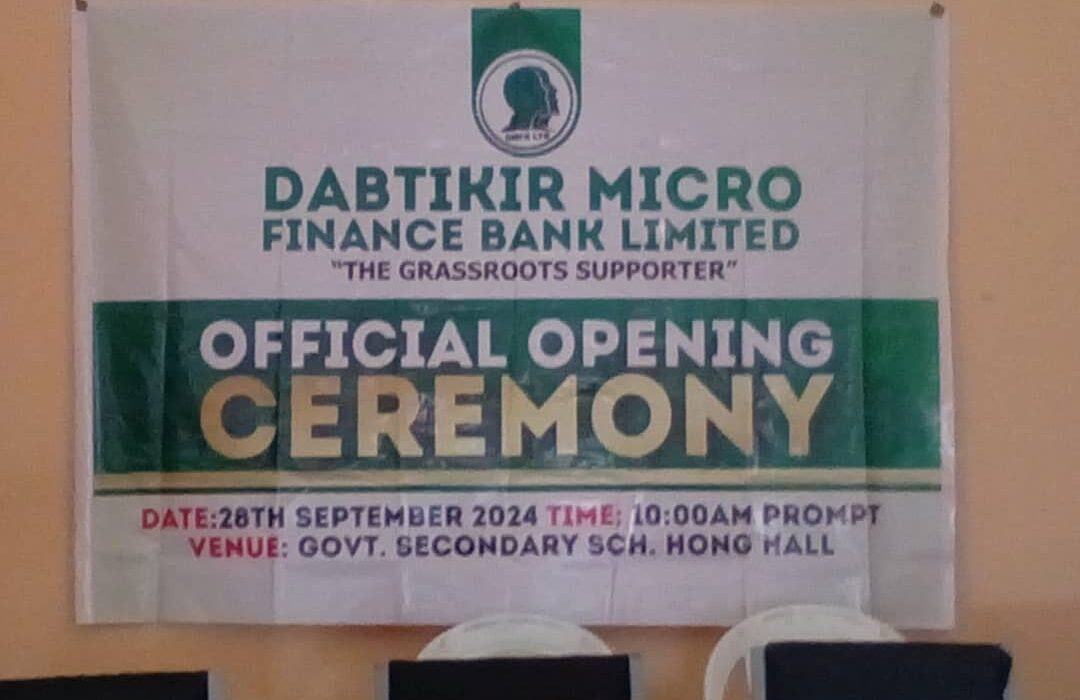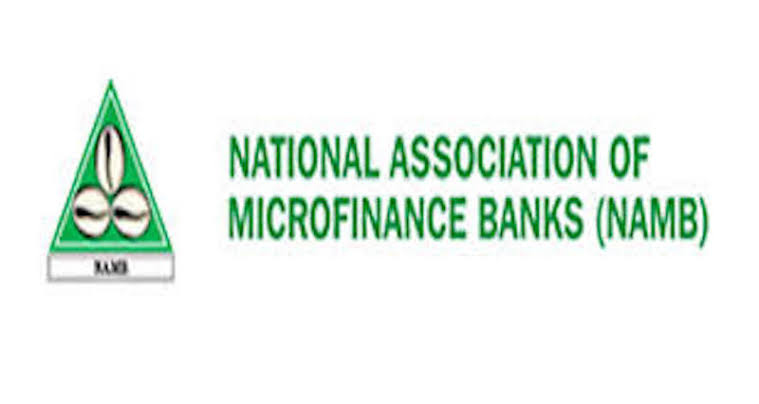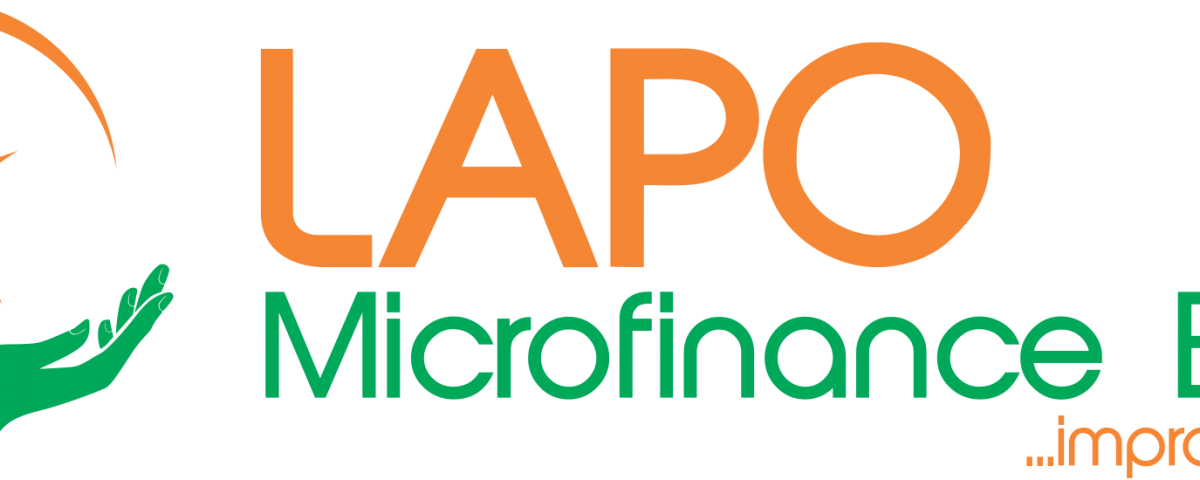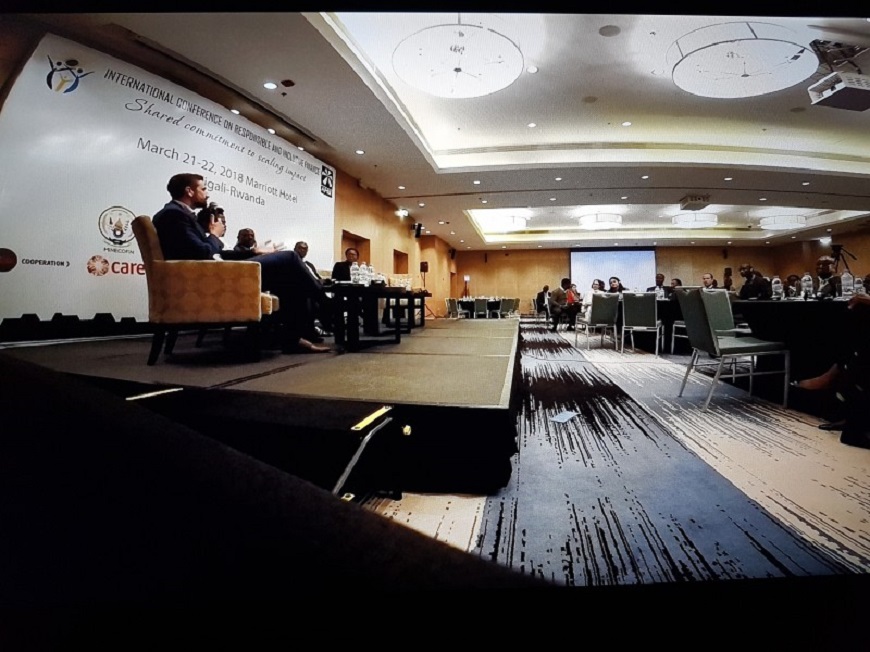Banking
Consolidation to Reduce Microfinance Banks in Nigeria by 44%—Agusto
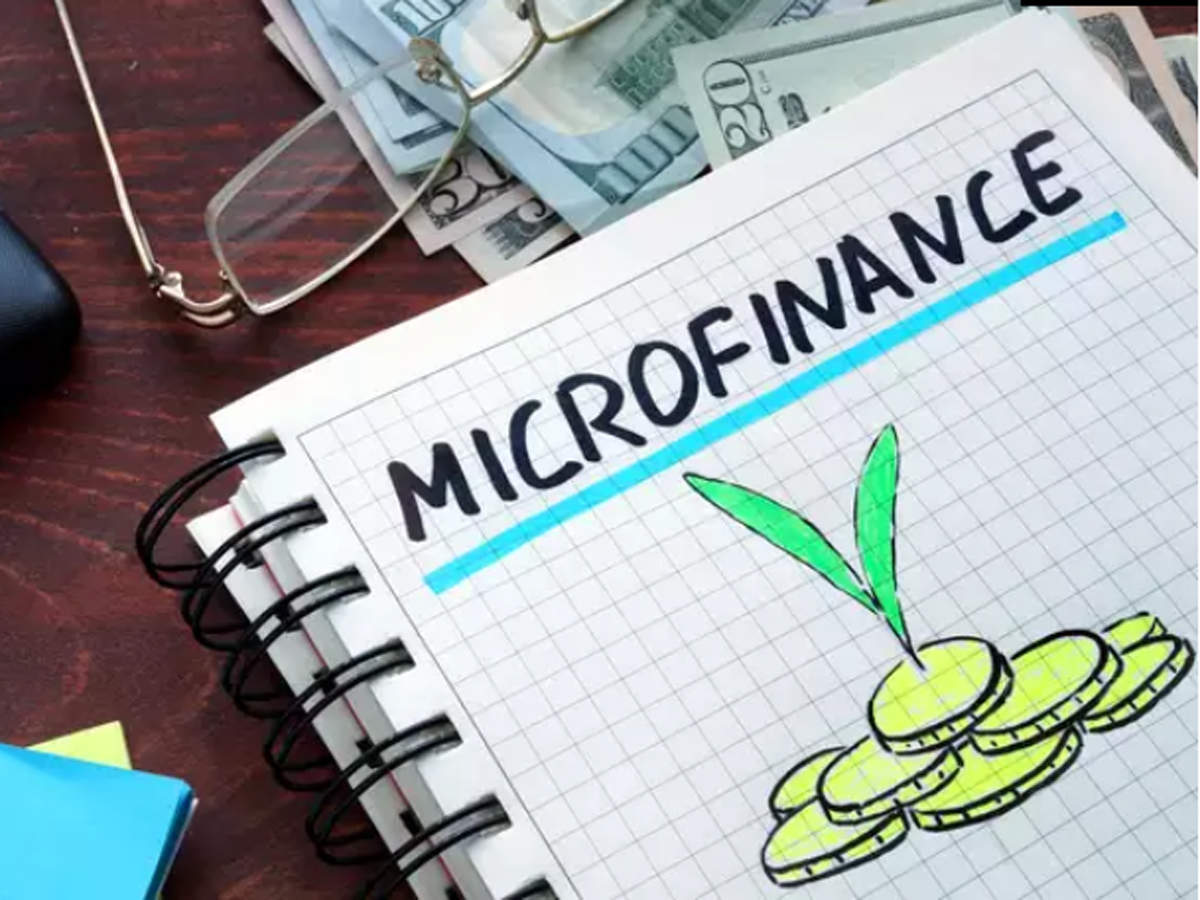
By Modupe Gbadeyanka
There are strong indications that the number of microfinance banks in Nigeria will reduce by 44.4 per cent by the time the recapitalisation exercise of the sector by the Central Bank of Nigeria (CBN) is concluded in April 2022.
This information was contained in a report on the Microfinance Industry in Nigeria released by a foremost research and credit rating agency in the country, Agusto & Co.
A summary of the report made available to Business Post revealed that the over 900 microfinance banks operating in the country may be pruned to around 500 through consolidation activities as well as failures to meet the new requirements.
The apex regulatory agency in the nation’s bank sector, the CBN, is embarking on a two-phased increase in the minimum capital requirements for all categories of microfinance banks to take effect in April 2021 and April 2022.
As a result of this, the number of operators is expected to reduce and Agusto expects the microfinance industry to fare better in 2021 supported by the global roll-out of COVID-19 vaccines, accelerated digital transformation of microfinance banks and businesses in general, a renewed focus on essential sectors and government support for MSME businesses.
“The industry, however, continues to have a high level of susceptibility to macroeconomic challenges as was witnessed in 2020,” the agency said in its outlook for the year.
In the report, the credit rating agency paid attention to the impact of the COVID-19 pandemic on the sector and non-performing loans (NPLs), an assessment of the new capitalisation requirements for microfinance banks, analysis of the financial performance of microfinance banks and a detailed assessment of the major impediments to growth in the industry.
The pandemic and the technology gaps
Many microfinance banks in Nigeria, like in most developing countries with relatively low penetration of e-channels, witnessed a doubling of obligations that were past due for up to 30 days (PAR 30) during the first wave of the pandemic and lockdown restrictions in early 2020.
Despite up to N5 billion spent by the major national and state microfinance banks in Nigeria on the implementation of internet, mobile and USSD banking services, the industry remains heavily reliant on brick-and-mortar branches for the acquisition of customers and disbursement of loans and the collection of notes and coins for repayment. Given the low technological literacy in the country, collections from Micro, Small and Medium-Scale Enterprises (MSMEs) ground to a halt during the six-week lockdown, even in sectors categorised as essential and in regions not otherwise facing restrictions.
The economic environment also did not lend itself to loan disbursements given the sharp decline in business activities while many microfinance banks were caught off guard by the pandemic with few having the infrastructure in place to lend to MSMEs digitally, the report stated.
Microfinance banks rising NPLs
Agusto said the doubling of non-performing loans witnessed by the Nigerian microfinance industry in 2020 was exceptional in the light of the pandemic, thus many operators had to provide some forbearance and also restructure loans for clients with difficulty repaying as restrictions were gradually lifted.
One of the primary strategies adopted by operators in the sector to drive recoveries in 2020 was to promise customers who met all outstanding obligations access to new loans.
Subsequent to the six-week lockdown, many microfinance banks shifted focus to providers of essential goods and services and also existing customers to drive disbursements. The growth in the industry’s loan book was, however, depressed with the portfolio remaining flat as operators adopted a more cautious approach given the heightened credit risk of MSMEs in key sectors such as education, supply of non-essential goods and services, transportation and hospitality.
Agusto expects to see improvements in the microfinance industry in 2021 as the global and domestic economies rebound and operators adjust to the new realities with a 5 per cent growth in the loan book and a 400-basis point drop in the non-performing loan ratio from an average of 12.6 per cent for major operators.
The pandemic has raised the stakes for payment infrastructure
Microfinance banks in Nigeria have been given a loud wake-up call by the COVID-19 pandemic to accelerate investment in digital channels for loan disbursement and collection.
Many operators have since developed web portals for loan applications and are actively exploring the use of payment services such as Remita, Paystack and ultimately mobile money for collections.
The efficacy of such channels in Nigeria may, however, be limited by the low digital literacy of the unbanked, underbanked and low-income target market of the Microfinance Industry. Having a strong physical presence in various geographical locations remains the major driver of success in the microfinance industry in Nigeria.
The largest microfinance banks have branches spread across the country and are easily identifiable to the target market of low-income earners and MSMEs operating in the surrounding area.
Agusto said it believes the future success of digital channels in the microfinance space (critically for collections and consequently disbursements) will be strongly dependent on the adoption of digital payments by low-income earners and MSMEs in everyday purchase and sales transactions. On the contrary, if the underlying economic activities continue to be executed in notes and coins, then the fundamental challenge of converting collections to a digital transaction would remain.
Notwithstanding, the licensing of three payment service banks (PSB) – Hope PSB Limited, 9 PSB Limited and Moneymaster PSB Limited – may offer a possible solution in the mould of Safaricom’s popular M-Pesa platform in Kenya.
Users of the M-Pesa platform in Kenya and other East African countries are able to pay digitally from and to a mobile telephone number for groceries at a market stall, for public transport or for the services of an artisan, for example. This “mobile money” can be used to settle loan obligations using the same platform, thus facilitating digital collections.
Banking
Stanbic IBTC Bank Assures Continued Strategic Investment in Artists, Designers

By Aduragbemi Omiyale
The creative industry in Nigeria may have nothing to worry about with the likes of Stanbic IBTC Bank around the corner.
The financial institution, which has not hidden its love for the sector, has promised to continue with its strategic investment in the country’s designers and artists.
Speaking at an event, An Evening of Fashion, Art & Lifestyle, the Executive Director for Personal and Private Banking at Stanbic IBTC Bank, Mr Olu Delano, represented by the Head of its Private Banking Segment, Ms Layo Ilori-Olaogun, said the company was proud to be associated with the programme, which it also sponsored.
“At Stanbic IBTC, we recognise Nigeria’s creative sector as a vital driver of economic diversification, employment, and global cultural influence.
“We are proud to support the individuals behind these platforms that elevate African excellence and provide visionary talents the visibility that they deserve.
“Nights like this reaffirm our commitment to continued strategic investment in our artists and designers,” he stated.
The invitation-only ceremony, which was held at The Garden, Federal Palace Hotel, Victoria Island, Lagos, hosted by Africa’s leading luxury fashion house, 2207bytbally, in collaboration with the acclaimed art collective Torrista, brought together high-net-worth individuals, art collectors, designers, media personalities, and luxury brand executives for an unparalleled showcase of creativity and sophistication.
The evening opened with a breathtaking runway presentation featuring three signature segments from the Evolve collection by 2207bytbally: Denim, Ethnic, and 2207 Prints. Each piece exemplified the meticulous craftsmanship, bold innovation, and cultural storytelling that has established the brand as a standard-bearer in African luxury fashion.
Complementing the couture was a curated exhibition by Torrista, transforming the venue into an immersive gallery. Commissioned artworks exploring themes of culture, femininity, and evolution created a robust visual dialogue with the collections, demonstrating the seamless harmony that can result when fashion and fine art converge.
“This evening was about more than clothes or canvases; it was about showing the world that African creativity is limitless. When fashion and art share the same space, magic happens, and tonight, Lagos felt that magic,” the Creative Director of 2207bytbally, Tolu Bally, stated.
Banking
Secure IT, StockMed, 18 Others Make Wema Bank Hackaholics 6.0 Top 20 List

By Modupe Gbadeyanka
The six edition of the Hackaholics of Wema Bank Plc has produced 20 top finalists shared equally between two streams, Ideathon and Hackathon.
The Hackathon finalists are Rapid DEV, Secure IT, Neurafeed, Trust Lock Babcock, Pulse Track, IlluminiTrust, Trust Lock FUTA, Fix Fraud AI, KASH Flow and VOC AI.
The Ideathon finalists include PLOY, Fertitude, VarsityScape, Mama ALERT, StockMed, Chao, All Arbitrate, FarmSlate, Sane AI and Cycle X.
They emerged after a two-day pre-pitch held on December 16 and 17, 2025, for the grand finale slated for Friday, December 19, 2025.
They grand finale of Hackaholics 6.0 will convene the top players in Africa’s tech and innovation ecosystem, creating an avenue for these finalists to not only put their creativity to the ultimate test but also give their solutions visibility to potential investors for additional funding opportunities beyond the prizes to be won.
The prizes to be won for the Ideathon include N25 million for the winner, N20 million for the first runner-up, N15 million for the second runner-up and N5 million each for two women-led teams.
In the Hackathon category, the first to fourth-place winners will receive N20 million, N15 million, N10 million and N5 million, respectively.
The pre-pitch saw the top 43 contenders battle in a game of innovation and problem solving, presenting compelling pitches for a chance to make it to top 10 in their respective streams.
After a rigorous stretch of pitches and presentations, the top 20 emerged, securing their spot in the grand finale of Hackaholics 6.0.
“Hackaholics started off as a hackathon and morphed into an ideation. For Hackaholics 6.0, the sixth edition, we decided to give both the builders of new solutions and the refiners of existing ones, an opportunity to make meaningful impact.
“For us at Wema Bank, we understand that innovation isn’t just building from scratch. Sometimes, it’s looking at what exists and developing new ways to optimise that and create more efficiency. This is the idea behind our two-stream Ideathon-Hackathon structure.
“Every year, Hackaholics shows us just how eager and motivated Nigerian youth are when it comes to exploring creativity and innovation, and we are honoured to be the institution that provides them with the platform and resources to put this drive to good use.
“We toured seven cities, indulged 1,460 participants and discovered hundreds of remarkable ideas; some of which needed some refining and some of which deserved to move to the next stage.
“For those who needed to go back to the drawing board, we provided useful guidance and for the top contenders, we were able to shortlist to the top 43, who proceeded to the pre-pitch. To every participant, Wema Bank is proud of you. This is just the beginning,” the chief executive of Wema Bank, Mr Moruf Oseni, said.
Banking
Customs to Penalise Banks for Delayed Revenue Remittance

By Adedapo Adesanya
The Nigeria Customs Service (NCS) says it will enforce penalties against designated banks that delay the remittance of customs revenue, in a move aimed at strengthening transparency and safeguarding government earnings.
This was disclosed in a statement on the NCS official account on X, formerly known as Twitter and signed by its spokesman, Mr Abdullahi Maiwada, who said the delays undermine the efficiency, transparency, and integrity of government revenue administration.
“The Nigeria Customs Service has noted instances of delayed remittance of customs revenue by some designated banks following reconciliation of collections processed through the B’odogwu platform,” the statement read.
“Such delays constitute a breach of remittance obligations and negatively impact the efficiency, transparency, and integrity of government revenue administration.
“In line with the provisions of the Service Level Agreement executed between the Nigeria Customs Service and designated banks, the Service hereby notifies stakeholders of the commencement of enforcement actions against banks found to be in default of agreed remittance timelines.”
Mr Maiwada disclosed that any bank that fails to remit collected Customs revenue within the prescribed timeline will be liable to penalty interest calculated at three per cent above the prevailing Nigerian Interbank Offered Rate for the period of the delay.
He added that affected banks would be formally notified of the delayed amounts, the applicable penalty, and the deadline for settlement.
“Accordingly, any designated bank that fails to remit collected Customs revenue within the prescribed period shall be liable to penalty interest calculated at three per cent above the prevailing Nigerian Interbank Offered Rate for the duration of the delay.
“Affected banks will receive formal notifications indicating the delayed amount, applicable penalty, and the timeline for settlement,” the statement read.
-

 Feature/OPED6 years ago
Feature/OPED6 years agoDavos was Different this year
-
Travel/Tourism9 years ago
Lagos Seals Western Lodge Hotel In Ikorodu
-

 Showbiz3 years ago
Showbiz3 years agoEstranged Lover Releases Videos of Empress Njamah Bathing
-

 Banking8 years ago
Banking8 years agoSort Codes of GTBank Branches in Nigeria
-

 Economy3 years ago
Economy3 years agoSubsidy Removal: CNG at N130 Per Litre Cheaper Than Petrol—IPMAN
-

 Banking3 years ago
Banking3 years agoFirst Bank Announces Planned Downtime
-

 Banking3 years ago
Banking3 years agoSort Codes of UBA Branches in Nigeria
-

 Sports3 years ago
Sports3 years agoHighest Paid Nigerian Footballer – How Much Do Nigerian Footballers Earn



